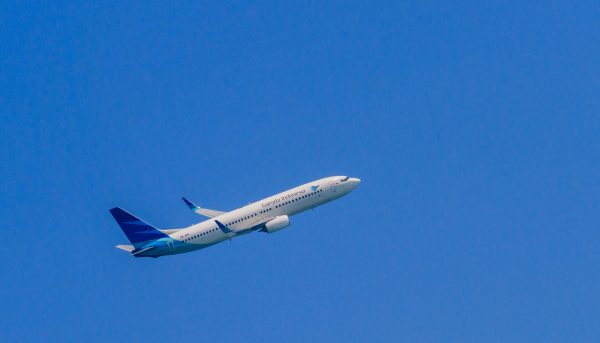In mid-June Indonesia’s national airline, Garuda Indonesia, won the approval of 95 percent of its creditors to restructure over $9 billion in liabilities. As reported by Reuters, the deal requires creditors to take a “large debt ‘haircut’, or write-down, and exchange the remaining amount with $825 million of 9-year bonds and $330 million equity.” That means Garuda can consolidate its long-term liabilities, get some relief on others and, with air traffic surging back to life in the wake of the pandemic, it will likely remain solvent and an ongoing concern as cashflow picks up.
The last two years have been tough on Garuda, which, like many airlines, does not own the majority of its fleet and instead leases many of its planes from third parties. These lease liabilities are often disguised as operational expenses, depending on the nature of the accounting rules being used. But they are always there, and if an airline should experience a sudden stop in cashflow, like the one induced by the pandemic, such liabilities suddenly become very visible.
In Garuda’s case, it became clear by last year that the airline would not be able to meet all of its obligations and it ultimately defaulted on a $500 million Islamic bond. But in fact that bond and the obligations owed to major airplane companies like Airbus or Boeing were never the biggest part of Garuda’s outstanding liabilities. The major part was owed to airplane leasing companies, so getting approval from them would be key to any successful restructuring plan.
After the default last year there was much speculation about the company’s fate. Allegations about questionable lease deals came to light. Executives and ministers made dramatic statements about plans for liquidating the airline, privatizing it or rebranding it, all of which I considered to be unlikely. The state owns 60 percent of Garuda, and the airline plays more than just a commercial role in the nation’s political economy.
It is a strategic asset and the government would not let it go under unless there was no other choice. I wrote at the time for East Asia Forum that it was more likely that “Garuda’s corporate leadership and the government would use the threat of bankruptcy as leverage as they entered restructuring negotiations with the lessors.” And that is more or less how things have played out.
So what does this mean for Indonesia’s other beleaguered SOEs and the country’s larger strategy of using debt and state-owned enterprises to drive economic growth? There have been several high-profile debt restructurings or looming insolvencies at other important state-owned companies in recent years, including Krakatau Steel and embattled construction company Waskita Karya. Does all of this tell us that the state should stay out of the market and leave commercial enterprise to the private sector?
I don’t think so. If anything, it shows that Indonesia’s strategy of having state-owned companies integrate into global and domestic capital markets through a variety of financial instruments has created a degree of economic resilience. The fact that Garuda could default and then go through a court-supervised debt restructuring without having its financial ails touch off wider systemic contagion underscores this point.
In other words, because Garuda raised funds through a mix of bonds, equity, loans and entered into direct contractual agreements with foreign creditors like airplane lessors, it was able to spread the risk of default around and then negotiate with its creditors in an orderly way. This is quite different from, say, the situation in Laos, where so much capital has come in a single form (foreign direct investment) and from a single source (China).
A single creditor can then exercise a lot more leverage, while the systemic risk becomes highly concentrated and makes any external shock more likely to spread to the entire economy. When we look at countries or SOEs incurring lots of liabilities, we should always take these factors into account: what kind of liabilities are they? In Garuda’s case the liabilities included bank debt from a number of different lenders, bonds, and leases, and although they were cumulatively quite large Garuda also had options at its disposal for how to restructure them, including converting some of it to equity.
This is partly a result of conscious policy decisions by the Indonesian government in recent years to make the financial system more resilient by deepening domestic capital markets and diversifying sources of foreign capital. Doing so gives embattled companies a wider range of options and spreads the risk around. And, at least for now, it has worked more or less as intended and Garuda lives to fly another day.


